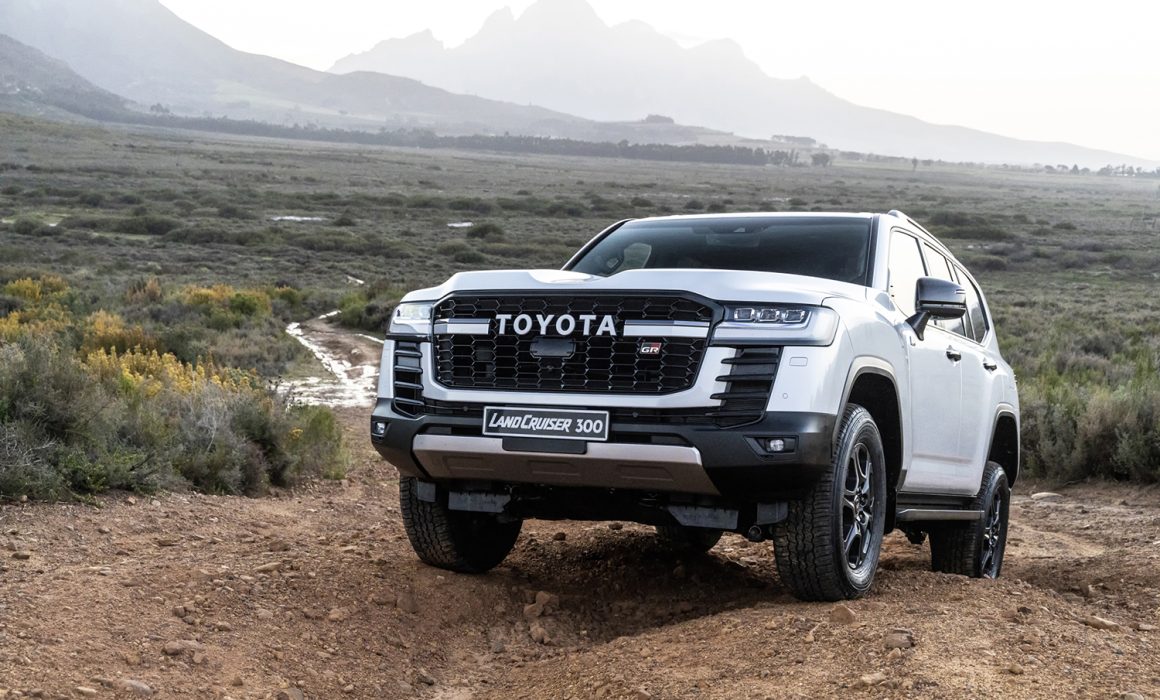How does a 4×4 work?
Different mechanisms and features of Four-Wheel Drive (4WD) systems
Most vehicles today are two-wheel drive vehicles, with traction either at the front (FWD) or at the rear (RWD). 4WD vehicles however have the ability to have traction on all four wheels, which allows for the vehicle to move even if one wheel has no grip. A vehicle with these features generally has more traction than a FWD or a RWD vehicle and provides greater stability in dicult terrain (such as in sand, mud or other slippery surfaces).
The use of 4WD vehicles

4WD Modes
In this guide, we’ll focus on the two most common Four Wheel Drive systems: Part-Time 4×4 and Full-Time 4×4.
Part-Time 4×4
In a Part-Time 4×4, a vehicle is generally moved through traction received at the rear axle (RWD) until the driver engages the Four Wheel Drive transfer (o -road gearbox). There are two types of transfer controls for a Part-Time 4×4.
1. Lever Type transfer : Move the transfer lever from “H4” to “L4”.

2. Electronic Switch Type transfer: By pressing a button or moving a switch.
Shifting into 4WD in older vehicles generally requires the vehicle to be at a complete standstill. However, most modern 4×4 vehicles allow you to engage 4×4 mode without having to stop the vehicle. This is known as shift on the fly. Because of this, confirm the appropriate procedure for your vehicle by reviewing the owner’s manual in order to avoid damaging the transfer case and a potential accident. When the vehicle shifts into Four Wheel Drive, an indicator light will usually light up on the instrument panel, which conrms that 4×4 mode is engaged. However this light burn out over time, which is why the best way to know if the vehicle has traction on all four wheels is by actually driving it.
Full-Time or Permanent 4×4
In a Full-Time 4×4, all four of the vehicle’s wheels are permanently connected to the engine. Here, the use of the transfer lever is not to engage or disengage the 4WD, but rather optimize the 4×4 system according to each drive surface.


Driving Fundamentals for Difficult Terrain
LSD & Center Locking Dierential
Some vehicles come equipped with an LSD or Limited Slip Dierential. In the case of a rear-wheel drive vehicle, if the rear wheel begins to spin due to loss of grip, the limited slip dierential automatically transfers a small amount of engine torque to the opposite wheel, thus avoiding getting stuck thanks to the single wheel with no grip. Some vehicles come equipped with front or rear Limited Slip Dierentials, depending on the type of traction available on the vehicle.
1. This type of dierential lock us useful when one or both wheels on the same side of the vehicle (left or right) are spinning due to lack of surface grip. Before using a diferential lock, the driver should first engage traction to both axles (H4 or L4 in Part Time vehicles, HL in Full-Time vehicles).
2. Front and rear differential locks should never be used in conditions others than those described previously, since this could make driving, and especially turning, very dicult. This is especially true if a center differential is locked and not only the rear, which will cause the vehicle to spin suddenly during acceleration or braking.
- Engine braking: by removing your foot off of the accelerator, the engine canmaid in braking the vehicle. The resistance caused by the transfer case and transmission slows the engine speed, reduces the vehicle’s speed and effectively slows the vehicle. This is also known as “braking through engine compression”.
Braking when turning with a 4×4
When driving in 4WD mode, turning sharply will give the driver the impression that the vehicle’s differentials are locked. This is known as the tight turning phenomenon and is caused by the difference in speed between the front and rear axles. Although this doesn’t mean the vehicle is malfunctioning, if this is done on a road with good traction, it can cause premature tire wear and damage the drivetrain. This can be avoided by simply driving without the center differential locked (HL or LL).

